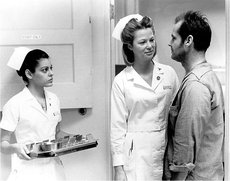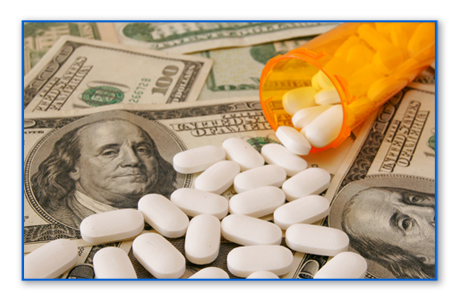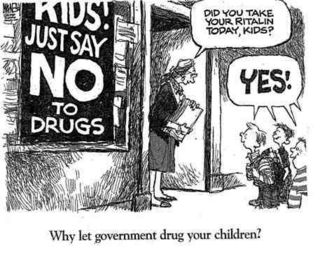
U.S. Troops Reportedly Taking More Medication Than Ever
In 2010 a US Army study revealed how 14 percent of soldiers have been prescribed an opiate painkiller. 95 percent of those prescriptions were for oxycodone, a notoriously-addictive pharmaceutical best known by the brand name OxyContin. And since 2001, military spending on prescription medication has skyrocketed. Orders for antipsychotics like Seroquel are up 200 percent, and demand for anti-anxiety drugs like Valium has increased by 170 percent, according to Defense Logistics Agency records. Many of the antidepressants, antipsychotic drugs and anti-anxiety drugs prescribed are highly addictive. Potential side effects include dulled reaction times, irritability and a heightened risk of suicide. “The medications they use shouldn’t be so heavily prescribed in combat,” said Dr. Judith Broder, a psychiatrist and founder of the Soldiers Project, a nonprofit counseling service.




